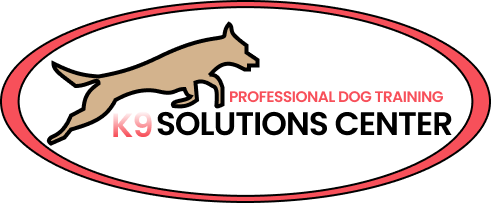Decoding Canine Minds: Tackling Separation Anxiety in Dogs
Understanding our furry companions is crucial for their well-being, especially when it comes to behavioral issues. One common problem that needs attention is separation anxiety in dogs. It’s an issue that can affect any breed and any age, causing distress to the dogs and their owners.
Dog behavior modification in Dayton, Ohio, is a proven solution to this problem. Our licensed professionals use different techniques to help our four-legged friends manage their anxiety. It’s all about helping dogs feel secure even when their favorite human isn’t around.
Below is more information about how we help dogs with separation anxiety.
Signs That Your Dog Has Separation Anxiety
Recognizing signs of separation anxiety in dogs is an important step toward helping them. Dogs can’t tell us they’re feeling anxious, so they show us through their behavior.
Here are some signs your canine friend might be struggling with separation anxiety:
- Excessive Barking or Howling: If your dog barks or howls more than usual when you’re not home, it could be a sign of anxiety.
- Chewing or Destroying Objects: Dogs often chew on furniture or personal items when left alone to relieve stress.
- Pacing or Restlessness: You might notice your dog walking back and forth or being unable to settle down when you’re preparing to leave.
- Changes in Appetite: Due to anxiety, dogs might eat more or less than usual. Some dogs might even refuse to eat until their owner returns home.
When you discover these signs, contact us to learn more about dog behavior modification in Dayton, Ohio.
Gradual Desensitization
One way we help dogs handle separation anxiety is by using gradual desensitization. This process helps dogs slowly get used to being alone. It’s like learning to swim. You wouldn’t just jump into the deep end of the pool right away. You’d start in the shallow end and slowly work your way deeper as you become more comfortable.
The same idea applies to gradual desensitization. It starts with the owner leaving the home briefly – it could be just a minute or two. This short period alone helps the dog understand that its owner will return, reducing the anxiety.
After the dog becomes comfortable with this short absence, the duration of the owner’s departure slowly increases.
Counter-Conditioning
Another effective method used in managing separation anxiety in dogs is counter-conditioning. This technique focuses on altering the dog’s negative perception of being alone, transforming it into a positive experience. The process involves providing the dog with a treat or toy of high value that they only receive when they are left alone.
Positive Reinforcement
Positive reinforcement plays a significant role in managing separation anxiety in dogs. This approach involves rewarding dogs with treats, praises, or petting when they display desired behaviors, such as staying calm when their owner is preparing to leave. Over time, the dog associates the owner’s departure with positive outcomes, reducing anxiety and encouraging confidence when left alone.
It’s Time to Try Dog Behavior Modification in Dayton, Ohio!
Is your dog struggling with separation anxiety? If so, it’s time to try dog behavior modification in Dayton, Ohio. Contact us today!

